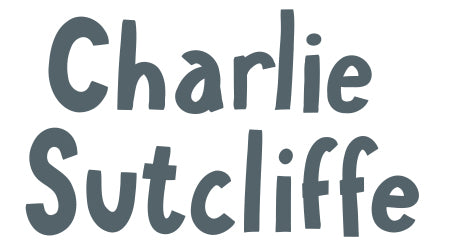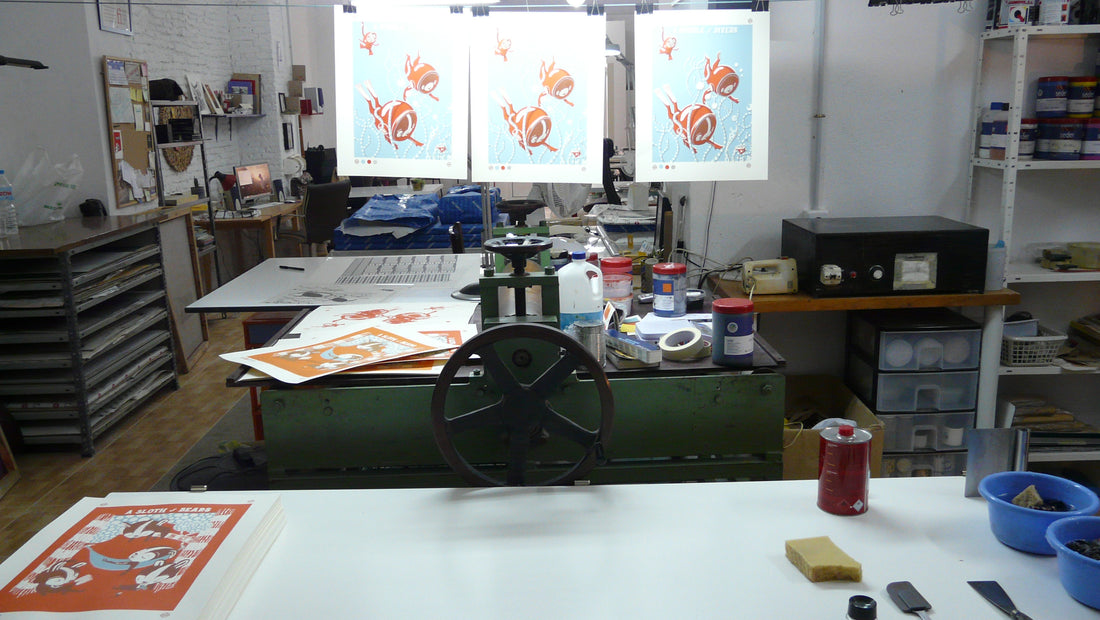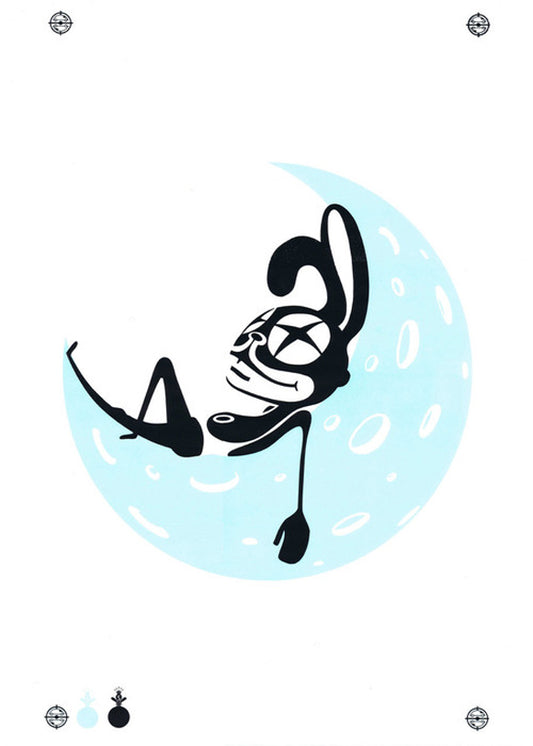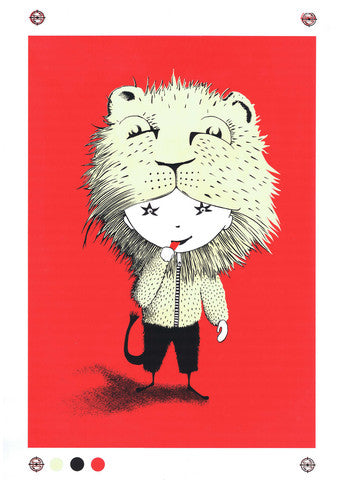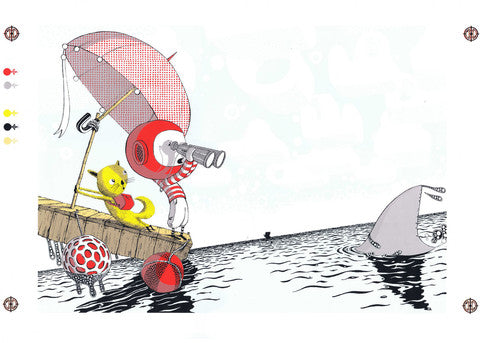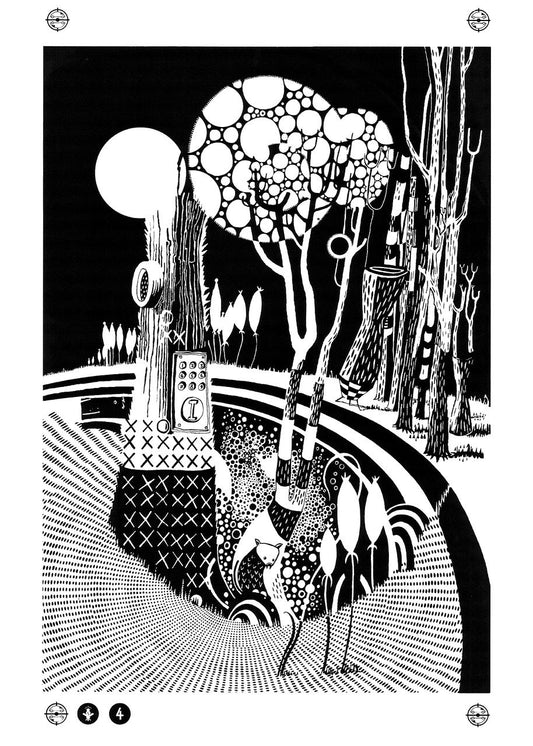The history of modern screen printing as we know it today is intertwined with that of photography but has roots that stretch back over a thousand years to the Song Dynasty in China.

You might be aware of photograms, where object are placed onto photo reactive paper and then exposed to light, the paper then being developed creates a fixed image.

Screen printing works in a very similar way. Fine mesh is stretched taut over a wooden or metal frame then a photo reactive liquid is scraped over the mesh to block all the holes, then it is allowed to dry in the dark room. When the screen is dry, transparencies with certain areas made opaque (black as below) are placed over the screen and then the screen is subjected to light.
Where the light falls, the photo reactive compound hardens so that when the screen is subsequently washed with pressurised water, the soft compound falls away leaving holes in the mesh. This allows ink to pass through these areas.
Next it’s a colour test. Each colour is printed on a different screen, but where two colours overlap a third colour is created. So theoretically one can make seven colours from three screens.

The paint is mixed with a binder and the formula is tinkered with to create the desired colour combination.

The ink is passed through the screen with the use of a squeegee.

Registration marks help to align each colour.

